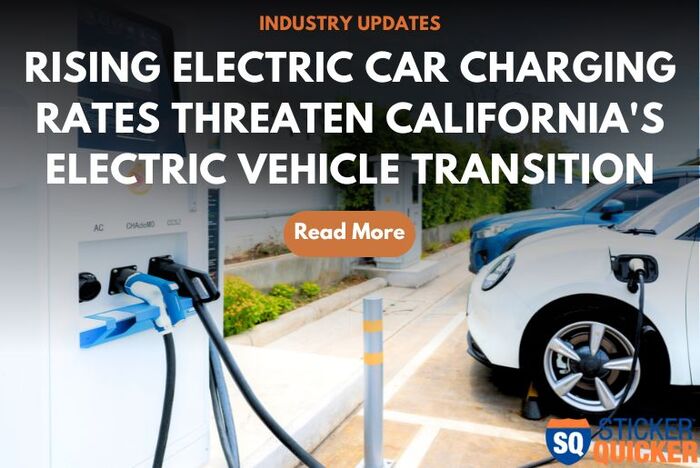California’s push for electric vehicles (EVs) to combat climate change faces a new hurdle with the recent surge in electricity rates by Pacific Gas and Electric Co. (PG&E). Despite the state’s ambitious plan to phase out new gasoline-fueled cars by 2035, the 20% rate hike has amplified concerns about the affordability of charging EVs. Here are five key points to consider:
Impact on Consumers: Residents such as Austin Ball, a Tesla Model 3 owner, have experienced a significant increase in their PG&E bills this year. Davinder Banger from Petaluma highlights the rising costs of charging his Tesla Model Y, impacting his overall savings on commuting expenses.
Comparative Costs: While EVs still offer savings compared to gasoline cars, the cost gap is narrowing. According to Jack Conness, an electrification policy analyst, filling up a Toyota Camry costs $73 for 506 miles, while a Tesla Model 3 costs $32 and a Chevrolet Bolt costs $43.
Financial Considerations: Despite lower maintenance and fuel costs associated with EVs, the escalating electricity prices may dissuade potential buyers. Experts warn that increased rates could hinder the transition to EVs, which is crucial for addressing climate change.
Environmental Impact: The broader implications of rising utility bills are emphasized by advocates like Mark Toney from The Utility Reform Network. With a 70% of potential EV buyers citing savings on gas as a major factor, the increased rates could pose a barrier to adoption, impacting efforts to reduce emissions.
Utility Response: PG&E highlights its EV rate plans, which offer charging at rates equivalent to $3.23 to $3.29 per gallon of gasoline. However, only 25% of EV owners have enrolled in these plans, showing a need for increased outreach efforts.
As California strives to transition to EVs to combat climate change, the challenge posed by rising PG&E rates is clear. While EVs still offer potential cost savings, the increasing electricity prices could dissuade prospective buyers. To dive deeper into the implications of rising utility rates on California’s EV transition, visit the full article.






